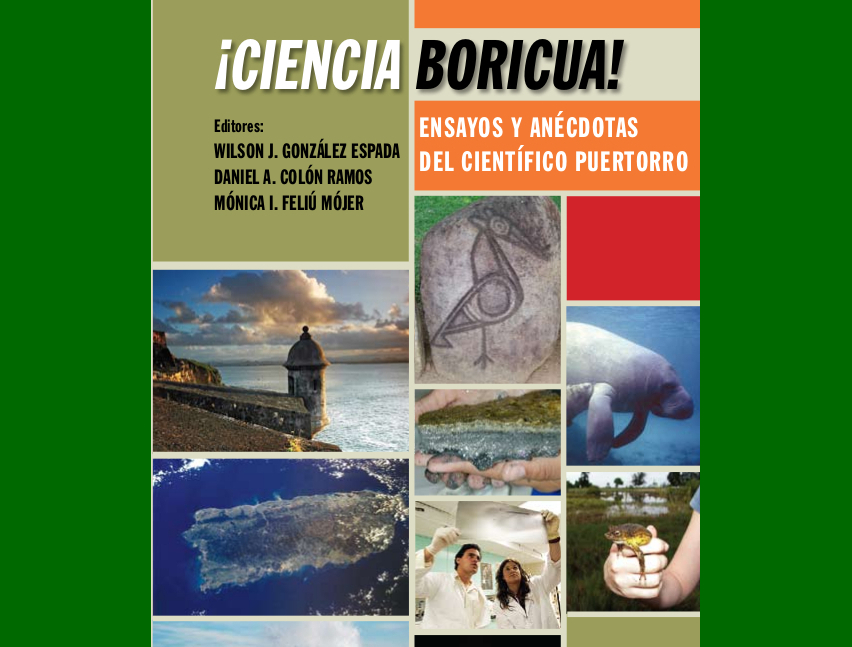Scientists from the UPR of Río Piedras publish in the prestigious Science magazine
Submitted by Ariadna S. Rubio Lebrón on
Evolutionary biologist Riccardo Papa and his team presented important findings using butterflies.
In the field of evolutionary biology, studying philosophy, time and space is unusual. However, Dr. Riccardo Papa and his team of students from the Department of Biology at the Río Piedras Campus of the University of Puerto Rico (UPR) did just that, and what they found earned them a publication in the prestigious scientific journal Science.
After collecting data for three and a half years, the group found that, in essence, there is no single path to evolution. That is, the same result can be reached in different ways; in this case, in the field of development, evolution and morphology (how living things are formed).
"This is presenting the potential for freedom in evolution, and it is exactly the reason why there is so much diversity in the world, because there is a lot of potential to create similar tools that can generate many different things," Papa told El Nuevo Día.
He added that what his team - composed of graduate students Steven M. Van Belleghem, Carolina Concha, Angelo A. Ruggiery and Edgardo Santiago Rivera, as well as lab technicians Silvia Planas and Yadira Ortiz Ruiz - found was that it is possible to create exactly the same thing in two different organisms without following the same route.
Using the letter carrier and red letter carrier butterflies, as well as ancestral genetic information from butterflies in general, Papa -who is an evolutionary biologist- and his team asked themselves the following questions: "Can you recreate the same result and, therefore, the same morphology, the same solution for survival? Do we only have one way to recreate it or can you do it in different ways?", he analyzed.
The answers they found were that "it can be done" and "it's kind of in the middle," and it's "telling the same gene where and when to express itself, but in a different way," i.e., in time and space.
Bridging biology and philosophy, Papa said, "This tells us clearly that evolution is not deterministic, but allows us to recreate identical traits in very different ways."
In the case of butterflies, the pattern of colors on their wings is created by different genes. Papa explained that, in the process of evolution in his research, he changed "the way in which time and space are controlling (gene) expression." So, using ancestral genetic information from butterflies, he realized that "you can use the same genes" and combine them differently in different parts and portions of the wings to create the same characteristic.
The researcher pointed out that they discovered that they can control "where and when the genes are going to be expressed and they don't have to be in exactly the same way".
Papa explained that they are able to modify characteristics - in this case, the colors of the butterfly wings - by telling the gene in which portion of the wings it is going to be expressed.









